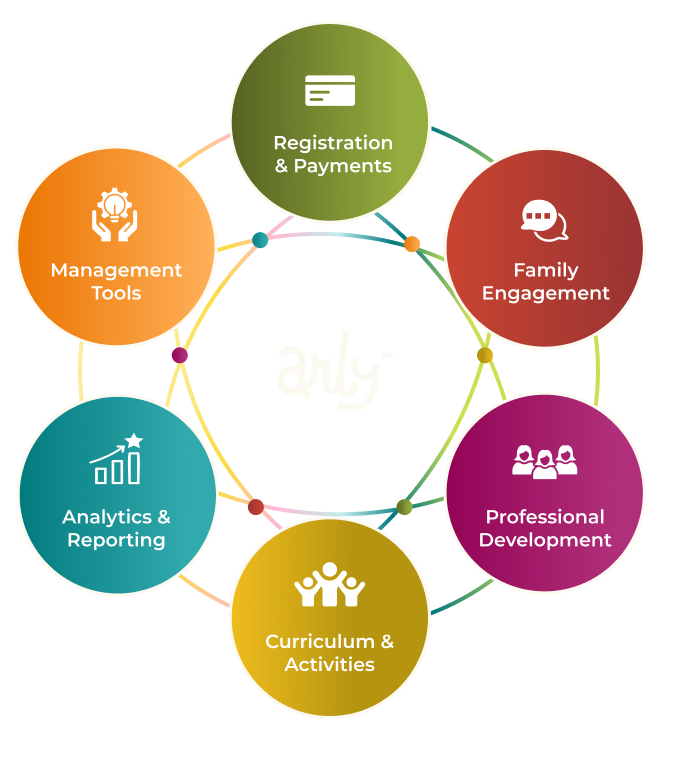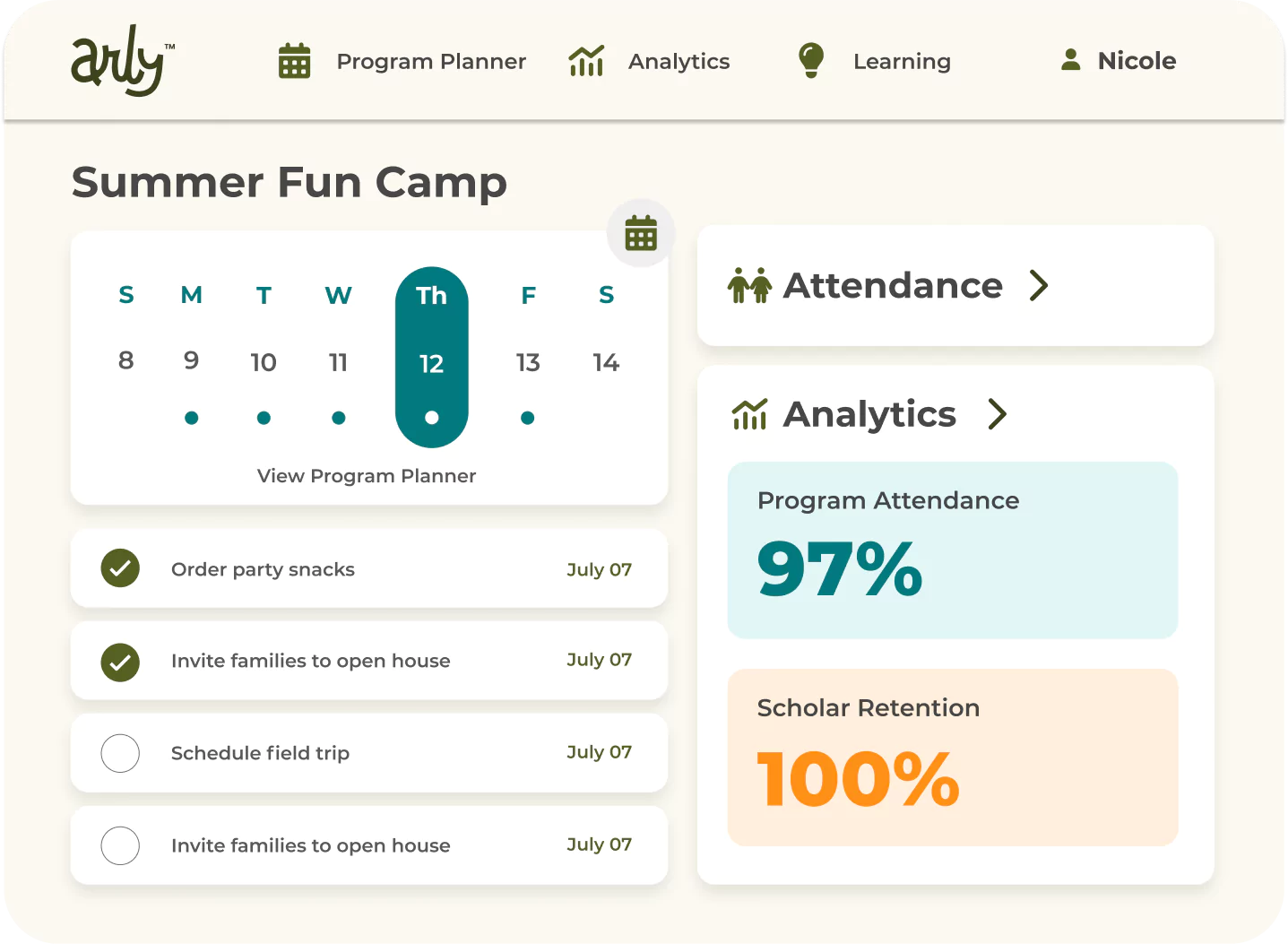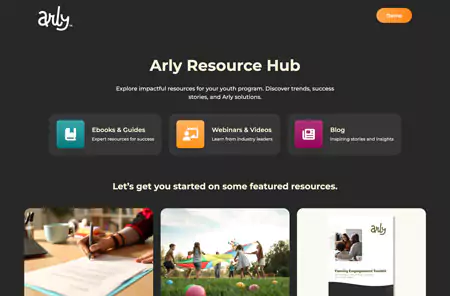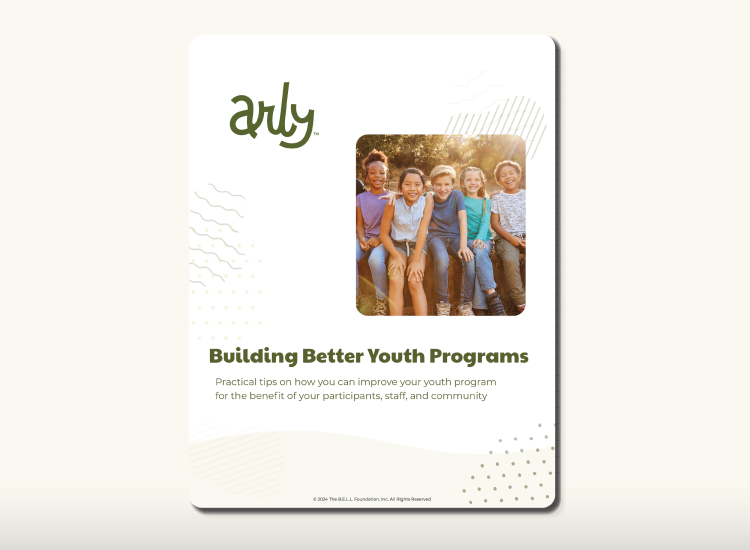How CBOs Can Boost Learning with High-Dosage Tutoring
By Arly Communications on October 5, 2022
High-dosage tutoring, also called high-impact tutoring, is known to be an effective way of bolstering students’ academics, overcoming learning loss, and helping kids gain months of additional learning. This tutoring model often takes place in a school setting, but community-based organizations can step up to help schools provide this valuable service.
Learn why you should get involved and how you can impact kids in your community through high-dosage tutoring.
Why do schools need community-based organizations to implement high-dosage tutoring?
Some schools host and manage their own high-dosage tutoring programs. The federal government has given billions of dollars of COVID-19 relief aid to help schools address learning loss, which includes investing in tutoring. This means some schools may be implementing these high-impact tutoring programs for the first time.
However, funding is far from the only thing schools need to implement successful high-dosage tutoring. Schools have multiple challenges to contend with when it comes to offering tutoring on their own:
Challenge #1: Staffing
Because high-dosage tutoring involves one-on-one or small-group interactions, this tutoring model requires a high number of tutors. Students should also work with the same tutor(s) each time, meaning schools need consistent tutoring staff—not teachers or volunteers who help out here and there.
Challenge #2: Time
Another thing that characterizes high-impact tutoring is the frequency of tutoring sessions. Schools need to ensure tutoring is offered multiple times throughout the week, and each session should last 30-60 minutes. In addition to time invested in tutoring itself, there is also plenty of time-consuming work behind the scenes, including administrative work and curriculum design.
Challenge #3: Scale
For many schools, the main issue comes down to scale. Matthew Kraft, an associate professor of education and economics at Brown University, points out that many school districts are struggling as they attempt to implement tutoring programs larger than the programs we see in research studies by “multiple orders of magnitude.” It may be realistic for a school to successfully offer tutoring for a small handful of students, but offering widespread programs to serve a high number of students is not feasible.
The Solution: Community Partnerships
Considering the challenges and limitations that schools run into, there is a definite gap in the tutoring that’s needed and schools’ ability to offer that tutoring. Community-based organizations can help fill the gap, becoming valuable partners to school districts in their communities.
How can community-based organizations be valuable partners in offering high-impact tutoring?
Let’s look at practical ways to form a strong partnership with your local school district and accelerate student learning with high-dosage tutoring.
1. Position yourself as a supportive partner.
Start by finding out what your local school district is currently offering in the way of tutoring (if anything) and where they need some support so you can come alongside them. Consider finding ways to integrate your programming seamlessly with the school’s curriculum, as this can be majorly helpful to both schools and students.
2. Hire the right staff.
Staff your program with committed and qualified tutors. Working with tutors in your program should be an enriching part of a child’s educational experience. Take it from Damon Johnson, Chief Impact Officer, BellXcel: “Community-based organizations best understand the lived experiences of the children in their neighborhoods and can build strong relationships more quickly from that foundation.”
3. Use data to demonstrate your value.
According to a recent national EdWeek Market Brief survey, evidence and data are now top considerations for schools as they select academic intervention providers. If you have data on your program’s success, share this with your local school, along with stories or first-hand testimonials from students. Having a software platform like Arly can make tracking data easier, more detailed, and more accurate.
4. Think long term about your partnership.
It’s easy to focus solely on the initial stages of forming a partnership, but you should try to think further into the future. Ideally, you want to form a long-term, sustainable partnership. You should also think long-term when it comes to funding. For instance, instead of relying solely on temporary funding from the American Rescue Plan Elementary and Secondary School Emergency Relief Fund (ARP ESSER), programs should be looking for additional sources of funding that will last beyond the next two years.
5. Make it as simple as possible for the school.
You can safely assume that your school district has a lot on its plate. The more you can take the administrative burden of running a tutoring program off of them, the better. Make sure you’re using the latest tech tools and best practices to ensure your program runs smoothly, and your school can enjoy a relatively hands-off experience.
Time to Form a High-Impact Partnership
As a community-based organization, you can play an invaluable role in your community and your school district(s), helping kids advance their learning. Want some pointers on how to form a strong school partnership? Check out:










